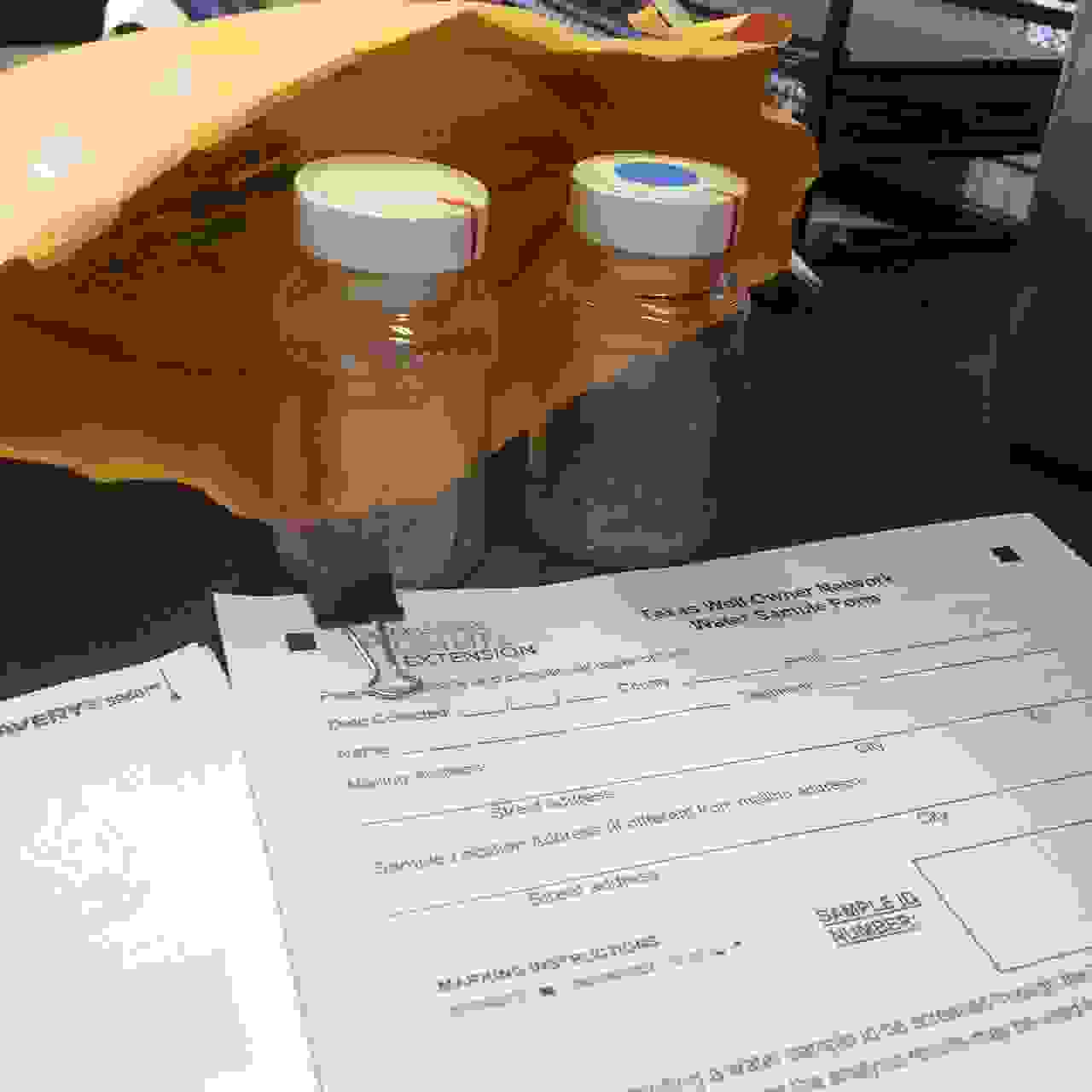Private water well owners whose wells flooded during Tropical Depression Imelda should assume that their well water is contaminated until tested, said Diane Boellstorff, Ph.D., Texas A&M AgriLife Extension Service water resource specialist.
“You should not use water from a flooded well for drinking, cooking, making ice, brushing your teeth or even bathing until you are satisfied that it is not contaminated,” Boellstorff said.
Boellstorff, who is in Texas A&M University’s Department of Soil and Crop Sciences, said floodwater may contain substances from upstream, such as manure, sewage from flooded septic systems or wastewater treatment plants or other contaminants. A septic system near a well also can cause contamination when the soil is flooded.
She said well owners should send their water to a laboratory for testing. The Texas Commission on Environmental Quality provides a list of certified laboratories that analyze drinking water samples on their website. The Texas Department of State Health Services website also lists local public health organizations that may offer well water testing.
Joel Pigg, AgriLife Extension program specialist and Texas Well Owner Network coordinator, College Station, said those with private wells possibly contaminated by floodwater should use only bottled, boiled or treated water until water has been tested and found safe.
“To make water safe for drinking, cooking and washing, bring it to a rolling boil for at least one minute and then allow it to cool,” he said.
Pigg, also in the soil and crop sciences department, said if boiling isn’t possible, the water can be disinfected with regular, unscented household bleach. Further details are described in a free AgriLife Extension publication: Disinfecting Water after a Disaster.
Boellstorff said the well may need to be decontaminated to make the water safe to drink again. Instructions for decontaminating a well, as shown in How to Disinfect a Water Well Through Shock Chlorination, are available from AgriLife Extension’s Texas Well Owner Network website.
“After a flood, well owners should inspect the well for physical damage and look for signs of leakage,” Pigg said. “If it appears damaged, consult a licensed water well contractor to determine whether repairs are needed.”
Additional instructions are included in the AgriLife Extension publication, How to Ready your Well for the Next Flood: Preparation, Evacuation and Return Home.
Pigg said well owners should also check the well pump and electrical systems.
“If the pump and/or electrical system have been underwater and are not designed to be used underwater, do not turn on the pump,” he said. “There is a potential for electrical shock or damage to the well or pump. Once the floodwaters have receded and the pump and electrical system have dried, a qualified electrician, well driller or pump installer should check the wiring system and other well components.”
From AgriLife Today's article.
TWON is managed by the Texas Water Resources Institute and funded by the Texas State Soil and Water Conservation Board.

